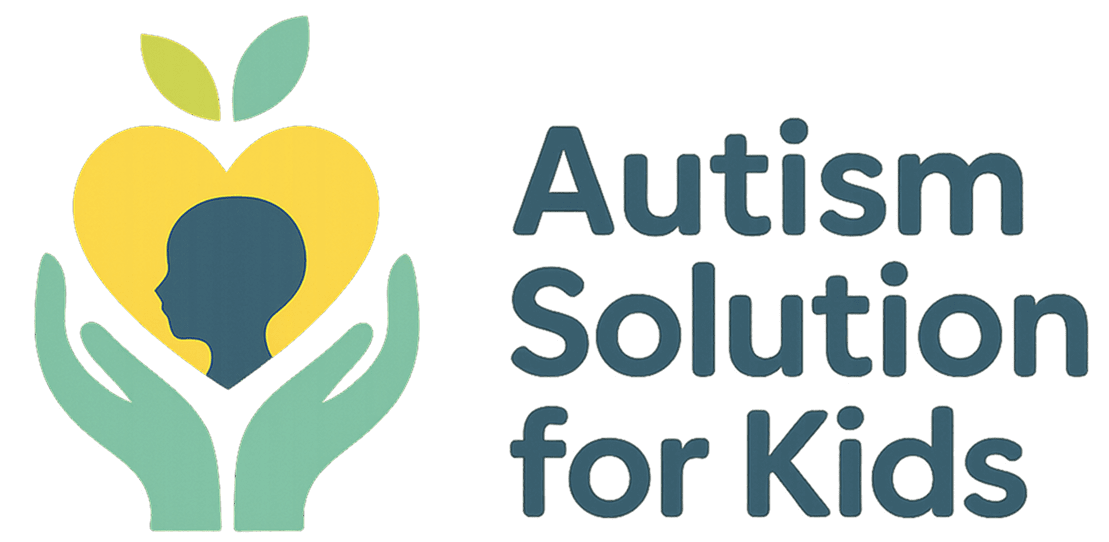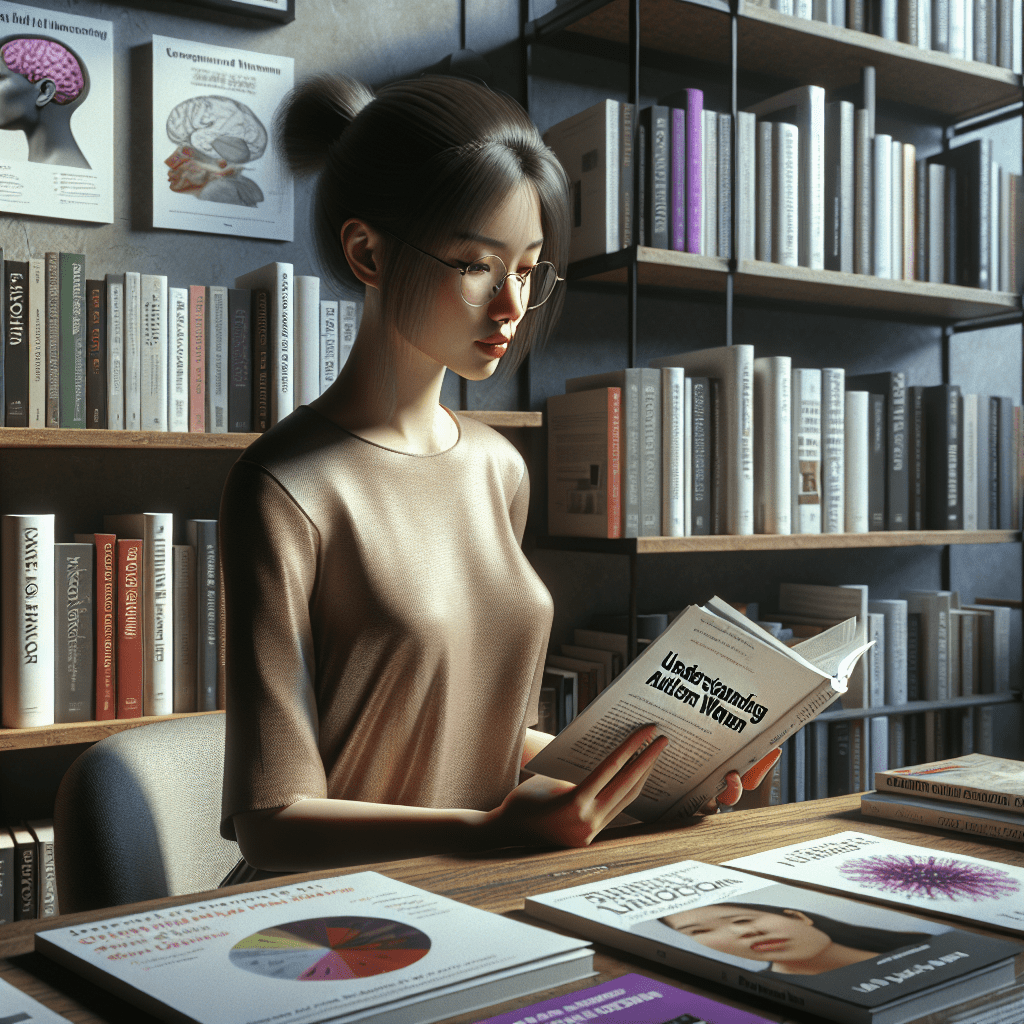What is the Best Lifestyle for Autism?
Explore the best lifestyle for autism to enhance well-being and social connection. Discover practical tips and strategies today!
Living with autism presents unique challenges and opportunities. Individuals on the autism spectrum often navigate a complex web of sensory experiences, social interactions, and emotional regulations. This multifaceted nature of autism makes it crucial to explore what is the best lifestyle for autism. Tailoring daily routines, environment, and social engagement can collectively contribute to the well-being of those with autism. In this article, we will delve into the various aspects of creating a fulfilling lifestyle for individuals on the spectrum, focusing on healthy routines, supportive environments, social interactions, and emotional well-being.
Understanding Autism and Lifestyle Choices
To answer the question, what is the best lifestyle for autism?, it’s essential to first understand what autism is and how it affects daily life. Autism Spectrum Disorder (ASD) is characterized by challenges in communication, social interactions, and repetitive behaviors. Each individual experiences autism differently, which means that what works for one person may not necessarily work for another. Thus, when considering lifestyle choices, it’s vital to tailor strategies to fit individual needs and preferences.
An effective lifestyle for autism often includes a combination of structured routines, sensory-friendly environments, and special interests. This structured framework provides predictability and security to individuals on the spectrum, allowing them to thrive. Aspects such as sleep hygiene, nutrition, and physical activity also play significant roles and should not be overlooked.
Studies have shown that people with autism often experience heightened levels of anxiety and stress. Therefore, incorporating mindfulness practices and relaxation techniques can significantly improve emotional regulation. Practicing yoga or meditation, for example, can empower individuals on the spectrum to identify and manage their emotions better. So, what is the best lifestyle for autism? It’s a sustainable, individualized approach that prioritizes structure, sensory regulation, and emotional support.
Creating a Structured Routine
One of the most critical components when exploring what is the best lifestyle for autism is the establishment of a structured daily routine. A consistent schedule provides individuals with a sense of stability and security, reducing anxiety and promoting independence. The elements of a successful daily routine often include:
1. Morning Routine
Start the day with a consistent morning routine. This could include waking up at the same time each day, performing the same sequence of activities like brushing teeth, showering, and having breakfast. Visual schedules can be beneficial, particularly for younger individuals, as these images provide clear, tangible processes that help reduce confusion and stress.
2. Daily Activities
Integrating daily activities such as chores, educational pursuits, and recreational time into the routine is vital. Having clear expectations leads to less uncertainty. It’s also beneficial to balance structured activities with free time, allowing for creativity and self-expression. Perhaps an individual enjoys drawing, building with Legos, or engaging with a favorite video game—incorporating these interests into the day is crucial.
3. Evening Routine
Just as the morning routine is essential, so is winding down in the evening. Consistent bedtime rituals, such as reading or calming sounds, prepare individuals for sleep. Quality sleep is core to emotional regulation and cognitive functioning, making it imperative to prioritize.
Creating a structured routine may require the involvement of family members, caregivers, and professionals to ensure the needs of the individual are met holistically. All routines should be flexible enough to adapt to changing circumstances while providing that ever-important sense of predictability.
Developing Sensory-Friendly Environments
Sensory sensitivities are common in individuals with autism; therefore, creating a sensory-friendly environment is a crucial aspect of determining what is the best lifestyle for autism. Sensory overload can cause significant distress, leading to meltdowns and anxiety. Here are strategies to create a welcoming, sensory-friendly space:
1. Calming Areas
Designate spaces within the home or learning environments as calming zones. These areas can be furnished with soft seating, dim lighting, and calming visuals. Sensory tools like weighted blankets, noise-canceling headphones, and sensory bins can also create conducive areas for relaxation.
2. Visual Supports
Utilize visual supports to help individuals understand their environment better. This can include color coding rooms for different activities or using clear labels. Visual aids assist in creating familiarity and reducing anxiety associated with navigating spaces.
3. Reduction of Sensory Overload
Reduce clutter and noise as much as possible in common living areas. Encourage a routine for maintaining the environment to create a clean, organized, and predictable space. This organization assists individuals with autism in feeling more comfortably secure.
Making small changes in the physical environment can greatly enhance the quality of life for those on the autism spectrum. When individuals feel comfortable in their surroundings, it allows for optimal engagement in daily activities.
Encouraging Healthy Nutrition and Exercise
What is the best lifestyle for autism when it comes to nutrition and physical health? A balanced diet and regular physical activity can significantly affect mood, cognitive function, and overall well-being.
1. Nutrition
A well-rounded diet rich in nutrients can help in managing some aspects of autism, including hyperactivity and anxiety. Involving individuals in the process of grocery shopping or cooking can also instill a sense of independence. Foods rich in omega-3 fatty acids, whole grains, fruits, and vegetables positively impact health. Consider working with a nutritionist specializing in ASD to tailor diets to individual tastes and restrictions.
2. Regular Physical Activity
Physical exercise has shown to benefit individuals with autism, helping to reduce anxiety and improve mood. Activities like swimming, dancing, or martial arts can be not only enjoyable but also offer social interactions. Group activities encourage team-building skills, which are vital for social development.
Incorporating nutrition and exercise into the daily routine contributes to an overall improved quality of life. Regular check-ins on dietary needs and preferences ensure that individuals remain engaged and content with their choices, further promoting self-sufficiency.
Fostering Social Connections
Understanding how to foster meaningful social connections is vital to answering the question, what is the best lifestyle for autism? Social skills can often be difficult for individuals on the spectrum, making relationships challenging to cultivate. Here are some strategies:
1. Structured Social Activities
Encouraging participation in group activities can significantly aid in the development of social skills. Look for local clubs, teams, or classes that cater to individual interests. These settings provide structured environments where individuals can learn how to interact with peers effectively.
2. Use of Social Stories
Social stories are helpful tools that outline social situations and appropriate responses. Creating personalized stories can guide individuals through various scenarios, teaching them the nuances of communication. This can range from understanding how to take turns in conversations to knowing when to ask for help.
3. Peer Mentoring
Peer mentoring can also be a valuable tool in reinforcing social interactions. Pairing individuals with understanding mentors or peer buddies creates opportunities for shared interests and allows individuals on the spectrum to learn from one another while fostering friendships.
As social skills develop, the overall quality of life significantly improves. Building connections with peers fosters a sense of community, which is essential for emotional health and stability.
Cultivating Emotional Well-being
Lastly, addressing emotional health is paramount in identifying the best lifestyle for autism. Individuals on the spectrum often experience heightened emotions, making management vital for overall well-being. Here are several effective strategies:
1. Mindfulness Techniques
Encouraging mindfulness practices allows individuals to be aware of their thoughts and feelings. Deep breathing exercises, short meditation sessions, and yoga can all help with emotional regulation.
2. Open Communication
Maintaining ongoing conversations about emotions is essential. Establishing a safe space for expressing feelings encourages individuals to communicate their needs proactively. Offering tools like feelings charts can help articulate complex emotions—ensuring that they are voiced rather than internalized.
3. Professional Support
Sometimes, professional help may be necessary. Therapists specializing in autism can provide tailored approaches for emotional and behavioral concerns, fostering personal growth and emotional resilience.
Ultimately, emotional well-being forms the backbone of a fulfilling lifestyle for individuals with autism. When people feel understood and supported, they can thrive in other aspects of life as well.
Conclusion
Identifying the best lifestyle for autism is a deeply personal journey that varies for each individual. Structured routines, sensory-friendly environments, healthy nutrition, social connections, and emotional well-being all play significant roles. The interconnectedness of these aspects contributes to improved quality of life and functional independence. By fostering a holistic approach, we can enhance the experiences of those on the autism spectrum, enabling them to navigate adult life more effectively, build lasting relationships, and find joy in learning and growth. Remember, the journey of understanding autism doesn’t end here—it’s a continual evolution toward better understanding and support.
Frequently Asked Questions
1. What are some common signs of autism?
Common signs of autism can include difficulties in communication, challenges with social interactions, and repetitive behaviors. Each individual’s experience varies, which is why diagnosis is critical.
2. How can I create a sensory-friendly environment?
To create a sensory-friendly environment, reduce noise and visual clutter, designate calming areas, and use comforting objects like weighted blankets or noise-canceling headphones.
3. What type of diet is recommended for individuals on the autism spectrum?
A balanced diet rich in fruits, vegetables, whole grains, and omega-3 fatty acids is recommended. Consulting a nutritionist can help in tailoring dietary needs specifically.
4. How can I support social skills development?
Encouraging participation in structured group activities and using social stories to outline interactions can significantly help in developing social skills.
5. When should I seek professional help for autism-related issues?
If challenges in managing emotions, behavior, or social skills are overwhelming or beyond what caregivers can address, seeking help from professionals specializing in autism can be beneficial.





